|
Everything has a shape, right? But what exactly is a shape? Shape is a flat area surrounded by edges or an outline. Artists use all kinds of shapes. Geometric shapes are precise and regular, like squares, rectangles, and triangles. They are often found in human-made things, like building and machines. Have you ever wondered how artists actually create art? Once they've chosen a subject matter, gathered their supplies, and picked up a paintbrush for the first time - what happens next? Sometimes starting with a simple circle or square or other geometric shape - is the answer. The shape of things is something we tend to take for granted. Reproducing exactly what is in front of us is fine if all we are after is a likeness, but to extract more from our subject and to make the painting say more, we can modify and rearrange shapes to amplify what we see. Ever since discovering this inspirational style, I knew I wanted to adapt it a bit. It is fun and kind of high-energy, but the contrast for each geometric painting is a little too much for me. So my foray into painting reminded me why I love painting so much (as much i love travel photography and journaling). I love the imperfect lines and painterly brush strokes and the varied shades of the same few tones. I am a human being after all, not a machine. I allow some humanity to enter into my straight lines and geometric shapes and l discovered that geometry is actually a human value. Precisionism is a philosophy, not an equation. All geometric shapes, from painted triangles, angled sides, and hexagons can easily transform a piece from simply standard to eye-catching. All you need to add a shape to a piece is a cohesive color palette (2 or more colors). Each work of art generally uses at least one geometric shape as an overriding principle to hold the smaller shapes together. I often turn the painting on its side, or upside dow to see it from a different perspective. There is not a specific side that is supposed to be the top of the painting. Turning the painting upside-down or on its side while creating the artwork always helps me to see things from a different perspective. This mindset is so important, so much so that it helps to keep things in perspective in many aspects of life, or at least in my life. Although I think an artist is constantly redefining his/her style, there are a few defining elements in my creative pursuit: abstract themes, bright colours, geometric shapes, symmetric lines and most recently simplicity. With multi-panel split canvas meant for abstract imagery, I have split my geometric picture (Geometric Circle I and II) in multiple canvases to ensure leaving a distinct impression. Welcome to the world of geometry! Here are some tips which i hope you find it useful:
1. Consider the importance of shape in the next painting you do. Use quick thumbnail sketches to break your subject down into a few simple shapes. The size and arrangement of these shapes can then be adjusted to improve the balance of your composition and give the painting more impact. 2. Think also about the type of shapes and their influence on the feeling you wish to generate in the subject. 3. If you love geometric patterns and multitudes of colors, looking through a kaleidoscope might provide endless inspiration. These optical devices re-create new arrangements in a split second, never showing the same image twice. You can find kaleidoscopes in toy stores, online and at craft fairs. I believe that any painting you find interesting, be it a famous painting from the Van Gogh Museum in Amsterdam or a contemporary one in the National Gallery of Singapore, will have some form of underlying geometry in its composition. Have fun in painting!
1 Comment
Jayalakshmi Pailoor
10/2/2022 09:35:30 am
Beautiful. Can you kindly provide your email?
Reply
Leave a Reply. |
Author
|

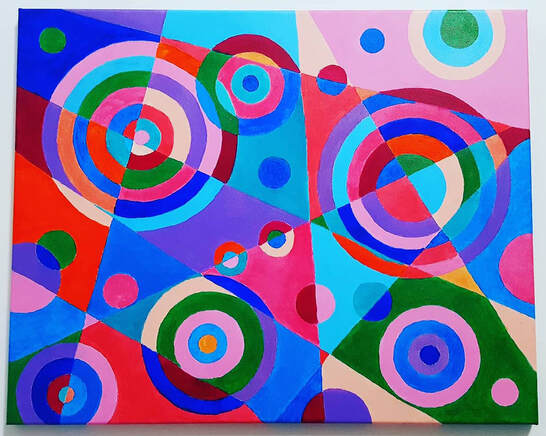
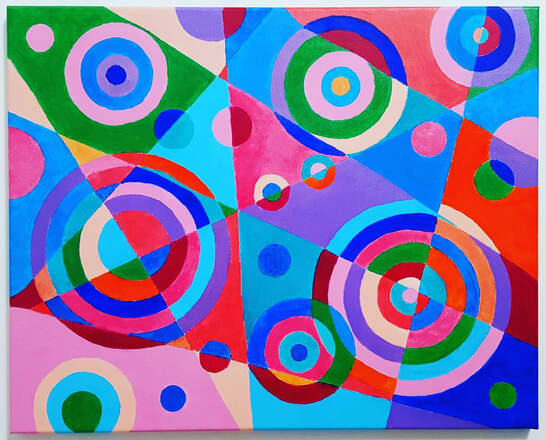
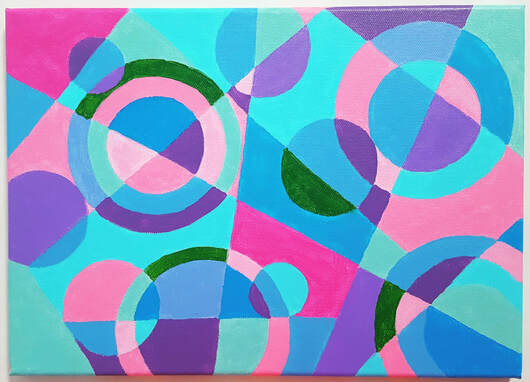
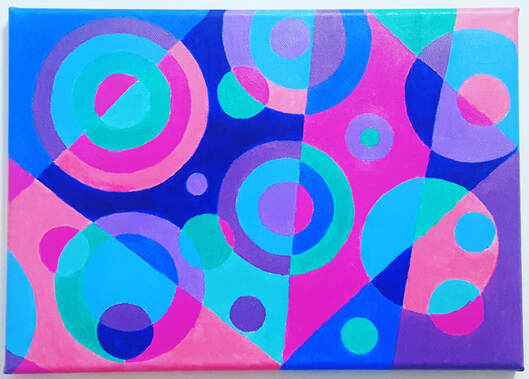
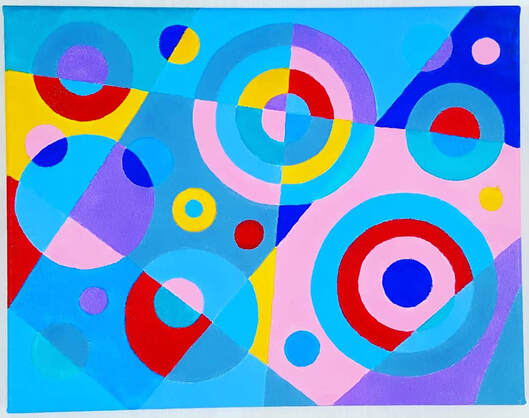
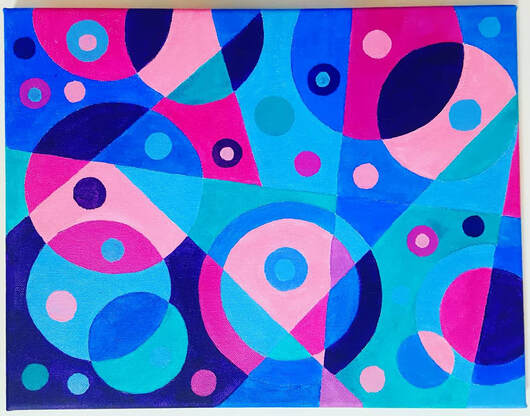
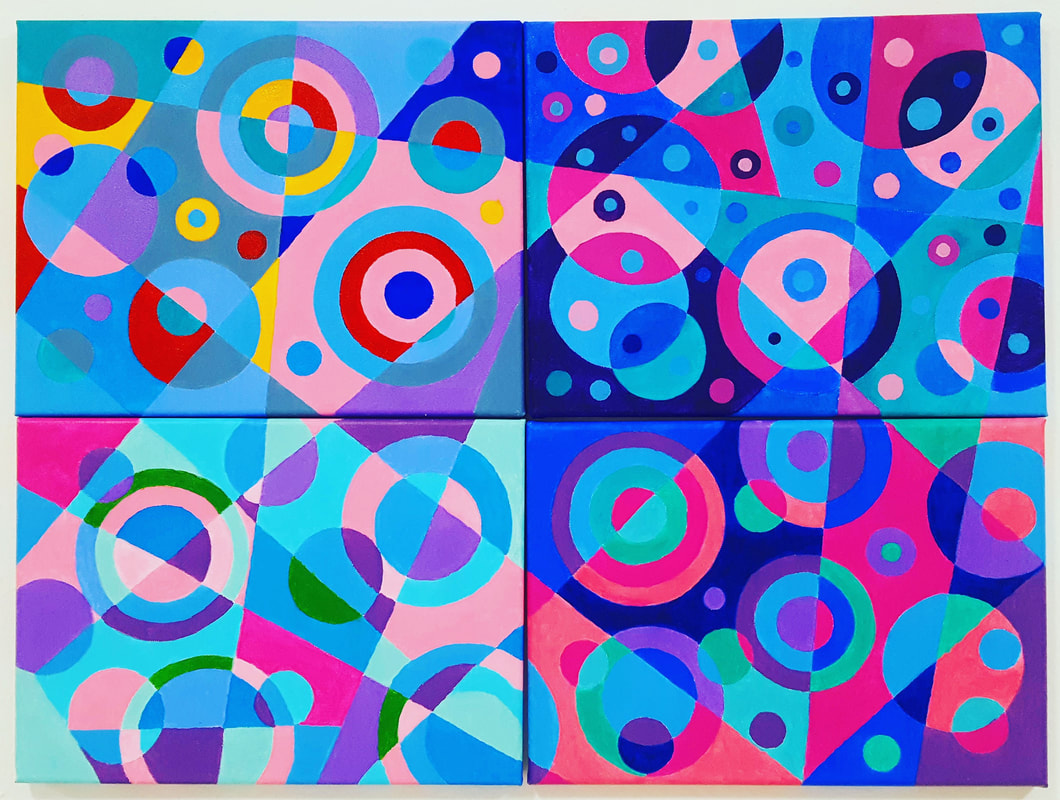
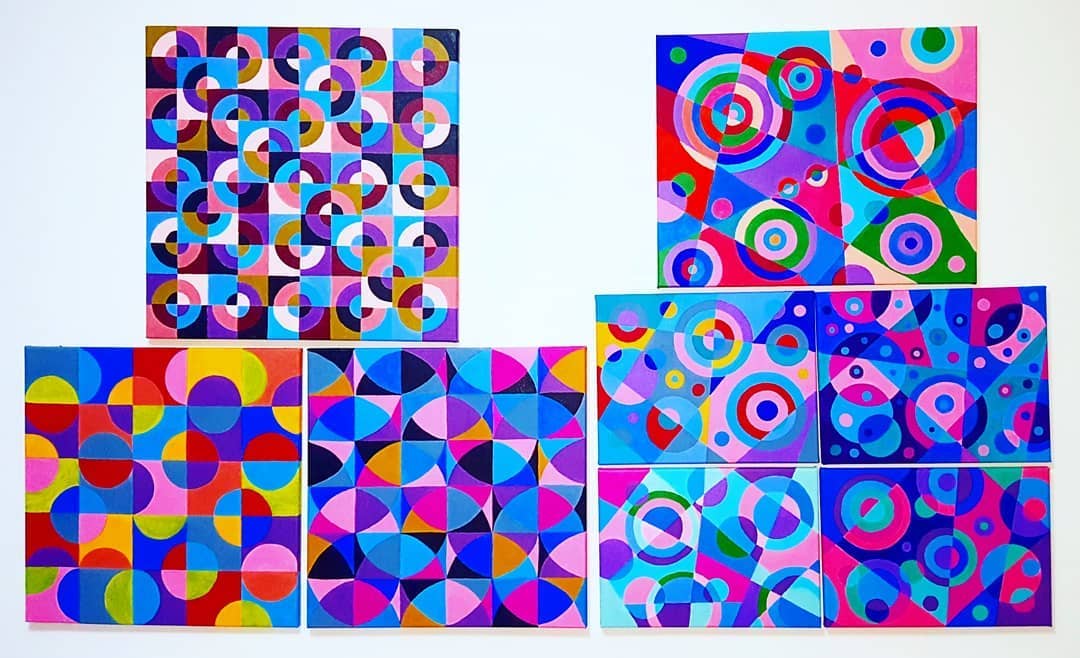
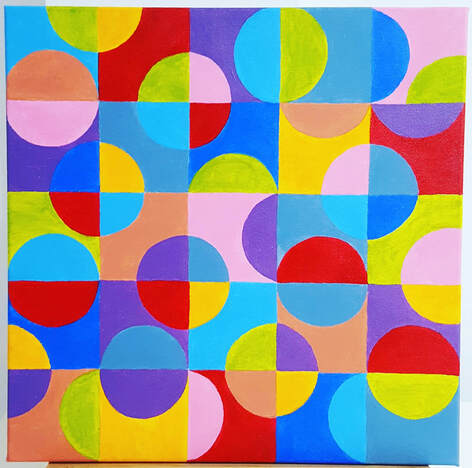
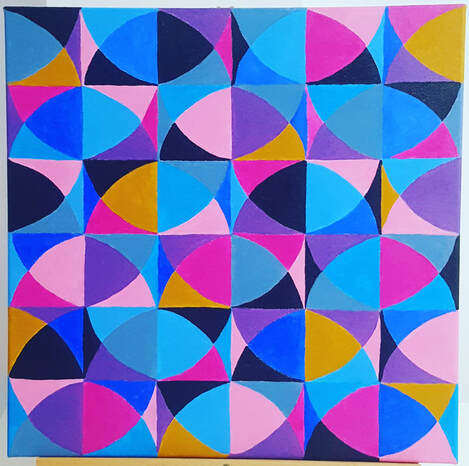
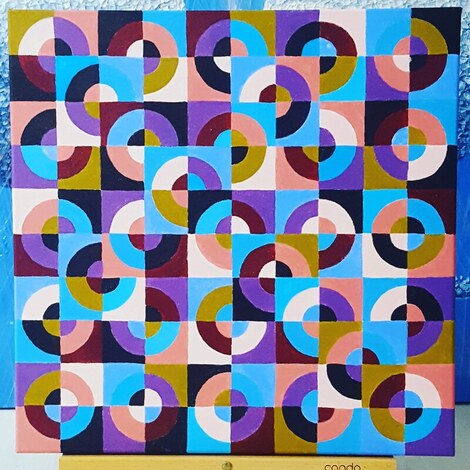
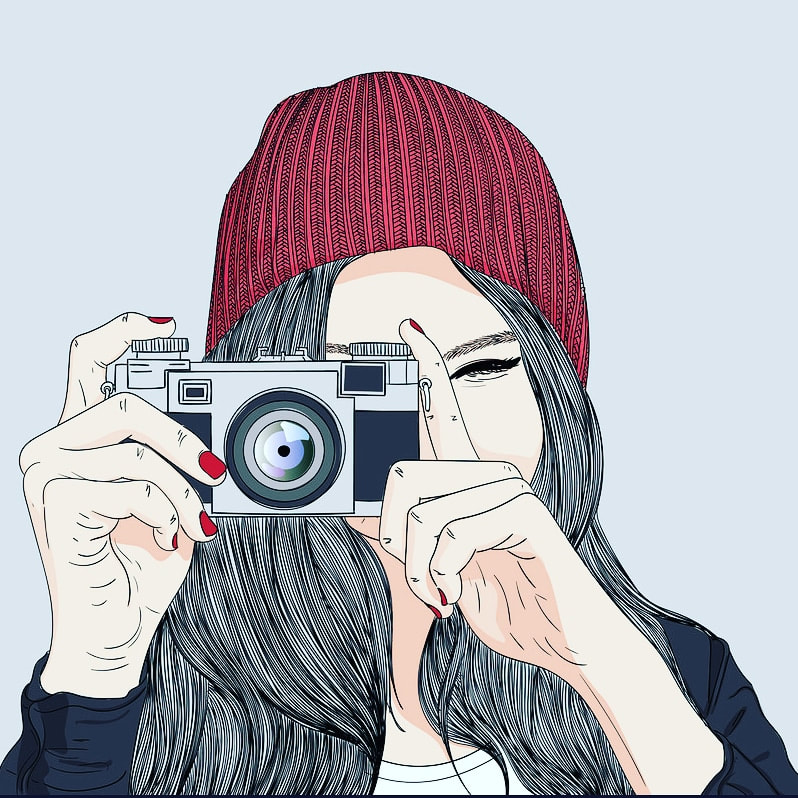
 RSS Feed
RSS Feed






